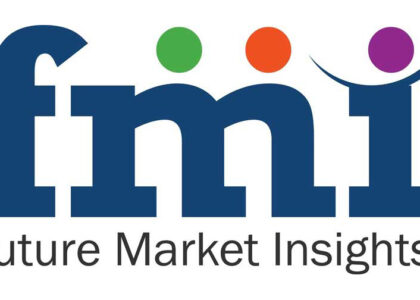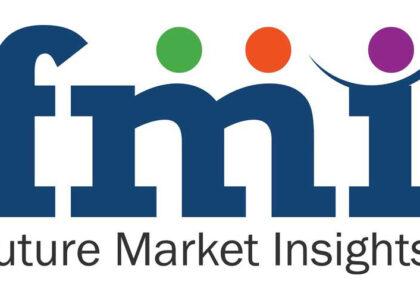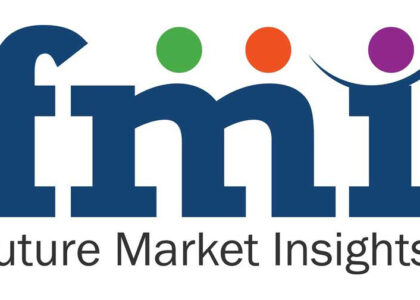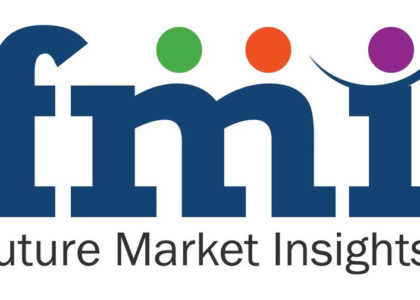The global digital twin technology market is expected to grow at a remarkable annual rate of 22.7% throughout the projected period. By 2033, it’s estimated to reach a total value of US$ 89,145.1 million, a significant increase from the US$ 11,494.0 million it’s expected to be valued at in 2023.
Many factors are driving the demand for digital twin technology. These include the use of smart technology, improved products, getting rid of outdated technology, and the shift to digital record-keeping. However, there are challenges too, like the increasing cyber-attacks and a lack of awareness about how to use digital twin technology in rural areas, which could slow down the global market’s growth.
On the positive side, there are new opportunities emerging due to greater investments in research and development activities.
Request for a Sample of this Research Report:
https://www.futuremarketinsights.com/reports/sample/rep-gb-4267
Digital twin technology is inclusive of XR (Extended Reality, cloud, Internet of Things (IoT), and AI (Artificial Intelligence). They are widely used for digitally representing real-time data. In other words, digital twins help in building predictive models and gauging probability of success of various physical prototypes prior to them getting rolled out. The post-COVID era is more into adopting digital twin technology across several applications way beyond production – like telecom, healthcare, real estate, and retail.
Organizations going for digital twins can easily access behavioral data from the connected products (IoT, in particular), which helps the product engineers as well as designers in identifying future iterations of the problems. The product performance, on the whole, could be improved.
Coming to telecom service, digital twin technology extends support to the telecom service providers with respect to designing complicated network architectures and upgradation of existing network infrastructures for accommodating novel solutions like FTTH (Fiber to the Home) and software-defined networking.
The healthcare personnel, with the help of digital twin technology, are able to look through infected patient’s data to perform treatment simulations. The commercial and residential sectors prefer showcasing 3D models of the smart city projects.
The transportation & automotive vertical holds the largest market share in digital twin technology market due to rising utilization for simulation, designing, MRO (Maintenance, Repair, and Overhaul), manufacturing, and aftermath. Digital twin does facilitate visualizing a race car engine to gauge importance of maintaining components that are at the risk of getting damaged or burnt out. Digital twin could also be used aftermath to collect feedback.
In the aerospace sector, digital twin is used in designing and developing products with ML (Machine Learning), AI (Artificial Intelligence), cloud computing, and IoT (Internet of Things). Aerospace vertical makes use of digital twins for developing one/more critical systems like thermal protection system, avionics, energy storage systems, propulsion, and airframes.
At the same time, the fact that cloud-based digital twins need online storage for assets’ information, thereby resulting in privacy and security concerns. Also, there is a dearth of skilled professionals, which is making it difficult to devise an appropriate cybersecurity strategy.
Key Takeaways from Digital Twin Technology Market Report:
- The transportation & automotive sector holds more than 15% of the market share due to growing demand for automotives. This could be reasoned with growing adoption of EVs all across.
- The Asia-Pacific is expected to grow at a whopping CAGR of ~40% in the digital twin technology market, led by South Korea, Japan, India, and China.
- North America and Europe are at the matured stage of digital twin technology market.
Leading Key Players:
- Siemens Ltd.
- General Electric Company
- TIBCO Software Inc.
- SAP SE
- Microsoft Corporation
- Forbes India
- Schnitger Corporation
- IBM Corporation
- Hexagon AB
- AVEVA Group plc
- Bosch Software Innovations GmbH
Recent Development:
- January 2023: Bentley Systems released additional features of its iTwin Platform to greatly improve the breadth and interoperability of infrastructure data that engineering firms and owner-operators may use to generate and apply digital twins in design, construction, and operations processes.
- February 2023: Siemens unveiled its open digital business platform, Siemens Xcelerator, which aims to speed up economies’ digital transformation. Siemens Xcelerator comprises a broad range of digital twin solutions that enterprises across many sectors may utilize by enterprises across many sectors. sectors.
Seize this Opportunity: Buy Now for a Thorough Report
https://www.futuremarketinsights.com/checkout/4267
Digital Twin Technology Market Segmentation:
By Application:
- Manufacturing Process Planning
- Product Design
By End User:
- Automotive
- Chemical
- Agriculture
- Oil & Gas
- Research & Development
By Region:
- North America
- Latin America
- Asia Pacific
- Middle East and Africa
- Europe
About Future Market Insights (FMI):
Future Market Insights, Inc. (ESOMAR certified, recipient of the Stevie Award, and a member of the Greater New York Chamber of Commerce) offers profound insights into the driving factors that are boosting demand in the market. FMI stands as the leading global provider of market intelligence, advisory services, consulting, and events for the Packaging, Food and Beverage, Consumer Technology, Healthcare, Industrial, and Chemicals markets. With a vast team of over 5000 analysts worldwide, FMI provides global, regional, and local expertise on diverse domains and industry trends across more than 110 countries.
Contact Us:
Future Market Insights Inc.
Christiana Corporate, 200 Continental Drive,
Suite 401, Newark, Delaware – 19713, USA
T: +1-845-579-5705
For Sales Enquiries: sales@futuremarketinsights.com
Website: https://www.futuremarketinsights.com
LinkedIn| Twitter| Blogs | YouTube




